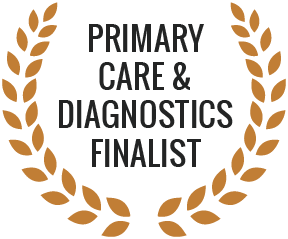Scabies is easily treatable, but it is important to get a dermatologist to get a proper diagnosis of scabies, because the rash can share characteristics with other insect bites, acne, & some forms of dermatitis. It may also be the cause of an exacerbation of an existing condition such as eczema or psoriasis.
Scabies is spread by prolonged skin-to-skin contact, & so is passed easily to family members & sexual partners. They can also be transferred by sharing bedding or towels. Outbreaks sometimes happen at daycare centres & long-term care facilities.
Definition
Scabies is a very common, easily treatable, & highly contagious condition. It is characterised by an intensely itchy, red rash, caused by tiny mites (Sarcoptes scabiei) laying eggs in the skin. Scabies is most common in young children & the elderly.
Symptoms
The main symptom of the scabies rash is intense itching which is worse at night. The rash initially starts as burrows in the skin which look like silvery or greyish lines ending in a red dot. This is caused by the burrowing of the scabies mites underneath the skin, where they lay eggs.
It can take up to six weeks for the first symptoms to develop, as the skin may not react to the infestation at first.
The rash usually starts between the fingers, in the creases of the wrists, elbows, or knees, around the waistline, or in children on the head, neck, face, palms, & soles. Scabies can appear anywhere on the body however. As it spreads, the rash turns into tiny red spots that look like pimples. The skin may also show scales or blisters, & if there is a lot of scratching, sores may also develop.
Complications can develop in very severe cases of scabies where it is impossible to resist scratching. Unfortunately, this can lead to open sores on the skin which are then prone to infection. These sores can develop into crusted blisters, & may ooze yellow fluid. As a result, complications from scabies include skin infections such as impetigo.
In very rare cases, crusted scabies (or Norwegian scabies) may develop if the patient has a weakened immune system or is elderly. In this condition, the skin develops thick crusts full of mites & their eggs. It is incredibly contagious & needs urgent treatment.
Treatment for scabies works quickly to kill the mites, & you will soon stop being contagious. The feeling of itchiness can continue for a few weeks, however, due to an ongoing allergic reaction in the skin. If this continues for weeks, you may need to see the doctor for a second course of treatment.






















